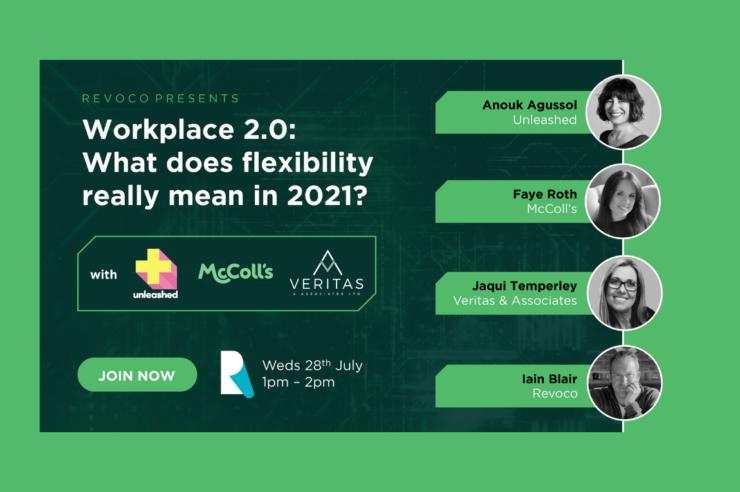Written by:
Christine Christodoulou
Let’s talk about unconscious bias in the hiring process.
There is plenty of talk about unconscious bias, the different types at play, and how to avoid it when making recruitment decisions. You may have heard of it but live in blissful denial that you are affected by it. In which case, I’d like to refer you back to the first word of its moniker.
In case you are unsure, and in a nutshell, unconscious bias sums up the decisions we may make about a person, based on first impressions or even just assumptions. There are arguments about how un/conscious these impressions, assumptions and decisions really are, but it’s safe to say that they are not premeditated or calculated.
There are many different types of unconscious bias, but the main ones that come into play in the workplace, and whilst recruiting, are the following:
Affinity bias is where you are drawn to a person for reasons of similarity. Or what I like to call “human nature”! However, when you are drawn to someone because you feel they will ‘fit in with the team’, or that they are a ‘match with the culture of the company’, you are essentially falling foul of affinity bias. It sounds harmless, positive even. But it is likely that you feel this way because that person shares a similar background, experiences or interests as you and/or the team. Harmless, but hardly great for diversification.
Confirmation bias is where we actively seek out, or give exaggerated credence to, evidence that supports our pre-existing beliefs or assumptions. We want to prove ourselves right, it protects our ego. Consider this for an example: a candidate is a little late for an interview, an unprecedented and unavoidable situation for this person, but we spend the rest of the interview looking for evidence that this candidate is disorganised or unreliable.
Attribution bias is the tendency to have a different rationale for our own behaviour or performance from the one we have for other’s. If we have presented ourselves poorly, we may justify or defend it with a whole range of reasons or excuses (“it was just this once because…”), but if someone else does, we’re more likely to assume the worst (“I bet they’re always like this…”).
The Halo and Horns Effects come in to play when we allow one perceived major-league strength, or one perceived critical weakness overrule everything else. That halo could be attending a highly respected university or the receipt of a certain award and allowing the light from that to blind us to this person’s other shortfalls. In contrast, the horns could be a previous employer that we do not regard highly, rendering us unable to see or consider the person’s qualities and actual suitability.
Now consider how these can combine for a killer combination… We make an assumption that the unfavourable previous employer (Horns) is because that was all this person was worth (Attribution). We then spend the interview subconsciously looking out for examples of how they might bring their next employer down to that level (Confirmation) and feeling concerned about their apparent disparities with this new employer’s culture (Affinity). This candidate now stands a snowball’s chance in hell of getting the job even though the only thing they’re “guilty of” is previously working for a company we don’t personally rate. Hell, they may well agree with us. They just found out the hard way by accepting a job with them!
Other unconscious biases need no explanation: gender bias, ageism, name bias, beauty bias, authority bias and even height bias are all very real things. And they shouldn’t be!
Don’t believe me? Malcolm Gladwell’s book “Blink” explains that, in the US, about 14.5% of men are 6 foot tall or over. But within the population of Fortune 500 company CEOs, that figure is precisely 4 times higher, at 58%.
So, how can we actively avoid letting our unconscious biases cloud our recruitment decisions?
To eliminate them completely is an order taller than a Fortune 500 CEO, but there are several things we can do to minimise them or their impact.
• Recruit blind. Remove identifying characteristics and details like names, e-mail addresses, age and gender from CVs before your hiring teams get their hands on them.
• Or go one step further, and remove CVs altogether. Another option is to set a bespoke test or assignment for all applicants and have them apply by completing that instead.
You can then shortlist for interview based purely on their performance within that task.
• Ensure you use a suitably sized and diverse panel for interviews.
• Actively take note of similarities you share with a candidate, so that you can consciously differentiate between them and the candidate’s skills, experiences or other attributes.
• Have pre-agreed, standardised and skills-based questions set and utilised at every interview. All interviews will contain conversations that are unique to that candidate’s background and story, but this structure should avoid too many impromptu questions that can result in unconscious bias taking hold.
• Make no assumptions. Question things that, at first glance or on first hearing, seem unfavourable. Get the full story before judging.
• Get your interviewing team to write down and submit their personal thoughts and opinions independently before any group discussions take place.
• If you are aware enough of one particular halo or horns moment on a CV or from an interview, disregard them for a while and consider how the other attributes stack up.
We spoke about unconscious bias on our recent Workplace 2.0 session on D&I with Dr Zara Nanu (Gapsquare) and Lyndsay and Lynsey from 50:50 Future. See what they had to say about anonymised CVs and their role in removing bias in the clip below…
For help removing unconscious bias and building a more inclusive and diverse workforce, check out 50:50 future. Click here.


